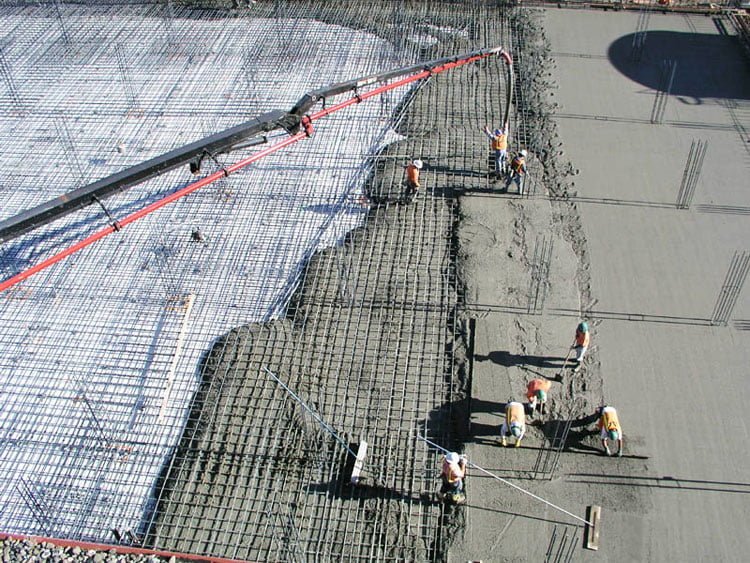Silica fume is produced in the process of smelting industrial silicon and ferrosilicon in industrial electric furnaces at high temperature, and the smoke and dust escaping with the exhaust gas are collected and processed by a special collection device. Also called micro-silica fume, scientific name “silica fume”. In the escaping smoke and dust, the content of SiO2 accounts for about 90% of the total smoke and dust, and the particle size is very small, and the average particle size is almost nanometer level, so it is called silicon powder. Silica fume is an efficient reactive admixture that can significantly improve the strength, impermeability, frost resistance and durability of concrete.
The production process of micro silica fume:
Step 1: exhaust gas purification
The flue gas at the outlet of the electric furnace passes through the fume hood and the main flue gas pipeline, and then enters the cyclone separator after being cooled by the cooler, and then passes through the bag filter. The flue gas enters the bag filter through the fan, and the dust is captured by the inner surface of the filter bag. After purification, the flue gas that meets the environmental protection standard is discharged from the filter bag, rises to the top of the dust collector, and is discharged into the atmosphere from the discharge port.
Step 2: Micro silica fume collection
When the equipment running resistance or time reaches the set value, the ash removal process starts. By switching the anti-suction duct and in and out air duct valve, realize the cleaning process of each compartment of the bag filter, The recovered dust is sent to the microsilica fume homogenization by the fan through the ash conveying pipeline.
Step 3: Micro-silica fume densify
The initial density of the micro-silica fume collected by the bag filter is only 150-200kg/m3, which costs a lot in transportation. Therefore, the densified micro-silica fume is spherical, and the bulk specific gravity is changed from the original bulk micro-silica fume 0.2t/m3 to increased to 0.3~0.6t/m3, which can reduce the packaging and transportation costs by about 30~60%. At the same time, the loading and unloading efficiency is improved, the storage space and land occupation are also reduced, and the dust phenomenon on the production site is greatly reduced, which improves the working conditions and environment.




